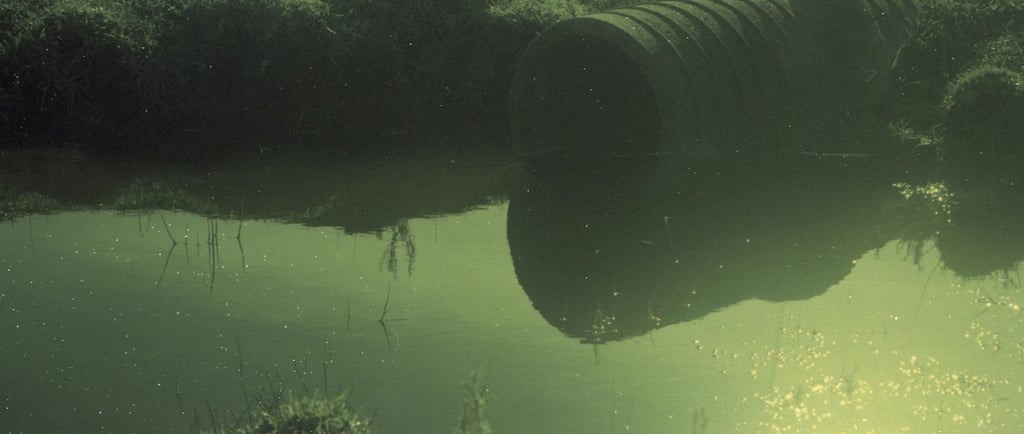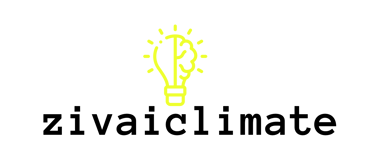Sewage Leakages on Zimbabwe's Rivers and Ecosystems
The Devastating Impact of Sewage Leakages on Zimbabwe's Rivers and Ecosystems
12/18/20243 min read


Some of Zimbabwe’s rivers, once vibrant lifelines brimming with biodiversity, are increasingly under threat from a silent yet destructive enemy: sewage leakages. This ongoing environmental crisis not only compromises aquatic ecosystems but also jeopardizes public health, agricultural productivity, and economic sustainability.
The Nature of the Problem
Sewage pollution originates from urban centers, industries, and informal settlements. Ideally, waste is processed in sewage treatment plants to remove harmful pollutants before being discharged into the environment. Unfortunately, Zimbabwe faces multiple challenges:
Aging Infrastructure: Many sewage systems, constructed decades ago, are in a state of disrepair.
Inadequate Maintenance: Limited funding for routine maintenance often leads to system failures.
Population Growth: Rapid urbanization has outpaced the capacity of existing treatment facilities.
Industrial Waste: Industries frequently discharge untreated or poorly treated effluents into water bodies.
Poor Urban Planning: Informal settlements without proper sanitation infrastructure contribute to direct sewage discharge into rivers.
The result is an influx of raw or partially treated sewage into rivers, streams, and lakes, triggering a chain reaction of environmental, health, and economic crises.
The Ecological Toll
Untreated sewage profoundly alters aquatic ecosystems, disrupting their delicate balance. Key consequences include:
1. Oxygen Depletion
Organic matter in sewage decomposes through microbial activity, consuming dissolved oxygen in the water. This leads to hypoxia (low oxygen levels) or even anoxia (no oxygen), which can suffocate fish, invertebrates, and other aquatic organisms. The collapse of oxygen levels disrupts food webs, from plankton to predators like birds.
2. Eutrophication
Sewage contains high levels of nutrients such as nitrogen and phosphorus. When introduced into water bodies, these nutrients fuel algal blooms. While algae initially thrive, their decomposition further depletes oxygen and blocks sunlight, killing aquatic plants. Toxic algal blooms, such as those produced by cyanobacteria, also poison fish, birds, and even humans.
3. Toxic Contamination
Industrial sewage introduces heavy metals (e.g., lead, mercury), toxic chemicals, and other pollutants. These pollutants bioaccumulate in fish and other aquatic organisms, causing deformities, reproductive failure, and mortality. Through the food chain, toxins also impact predators and humans who consume contaminated fish.
4. Spread of Pathogens
Sewage is a breeding ground for pathogens, including bacteria (e.g., Escherichia coli), viruses, and parasites. Contaminated water infects aquatic species and spreads waterborne diseases to humans through drinking, bathing, or fishing.
5. Disrupted Ecosystems
Sewage pollution’s cascading effects go beyond aquatic environments:
Terrestrial Ecosystems: Contaminated water infiltrates soil and groundwater, affecting agriculture and wildlife.
Biodiversity Loss: The death of fish, amphibians, and aquatic plants impacts other species, including birds and mammals reliant on water bodies for food or habitat.
Human Health Implications
Polluted rivers, which serve as water sources for drinking, bathing, and fishing, pose severe health risks to Zimbabwe’s population:
1. Waterborne Diseases
Outbreaks of diseases like cholera, typhoid, and diarrhea are common where untreated sewage contaminates water sources. These illnesses disproportionately affect vulnerable populations, especially children, the elderly, and those in impoverished areas.
2. Skin and Eye Infections
Exposure to sewage-polluted water during washing or recreational activities can lead to rashes, infections, and eye irritation.
3. Food Chain Contamination
Fish and shellfish from contaminated waters may carry pathogens or accumulate toxins. Consumption of such seafood can lead to severe foodborne illnesses or long-term health issues.
Economic Consequences
The repercussions of sewage pollution extend into Zimbabwe’s economy, straining resources and hindering sustainable development:
1. Fisheries Decline
Contaminated rivers and lakes reduce fish populations and disrupt aquatic food webs. This negatively impacts fishermen and fishing-dependent communities, leading to reduced incomes and food insecurity.
2. Loss of Tourism Revenue
Many of Zimbabwe’s water bodies, such as Lake Chivero and Lake Kariba, attract tourists for fishing, boating, and wildlife watching. Polluted rivers deter visitors, leading to a decline in tourism revenue.
3. Increased Water Treatment Costs
Contaminated water sources require extensive and costly purification processes to make water safe for consumption. These costs strain municipal budgets, diverting funds from other critical needs.
4. Healthcare Burden
Waterborne disease outbreaks and health complications caused by sewage pollution place a heavy burden on Zimbabwe’s healthcare system. Resources spent on treating preventable diseases could instead be allocated to improving public health infrastructure.
5. Agricultural Impacts
Farmers who irrigate crops with polluted water risk introducing toxins and pathogens into the food supply. This jeopardizes food safety and marketability, particularly for export crops.
Sewage pollution is a multifaceted crisis that threatens Zimbabwe’s rivers, ecosystems, and communities. While the challenges are significant, they are not insurmountable. With collective action and a commitment to sustainable practices, Zimbabwe can safeguard its water resources, restore ecological balance, and ensure a healthier future for all its citizens. Protecting our rivers is not just an environmental imperative—it is a moral and economic necessity.
photo by santi-balbuena
